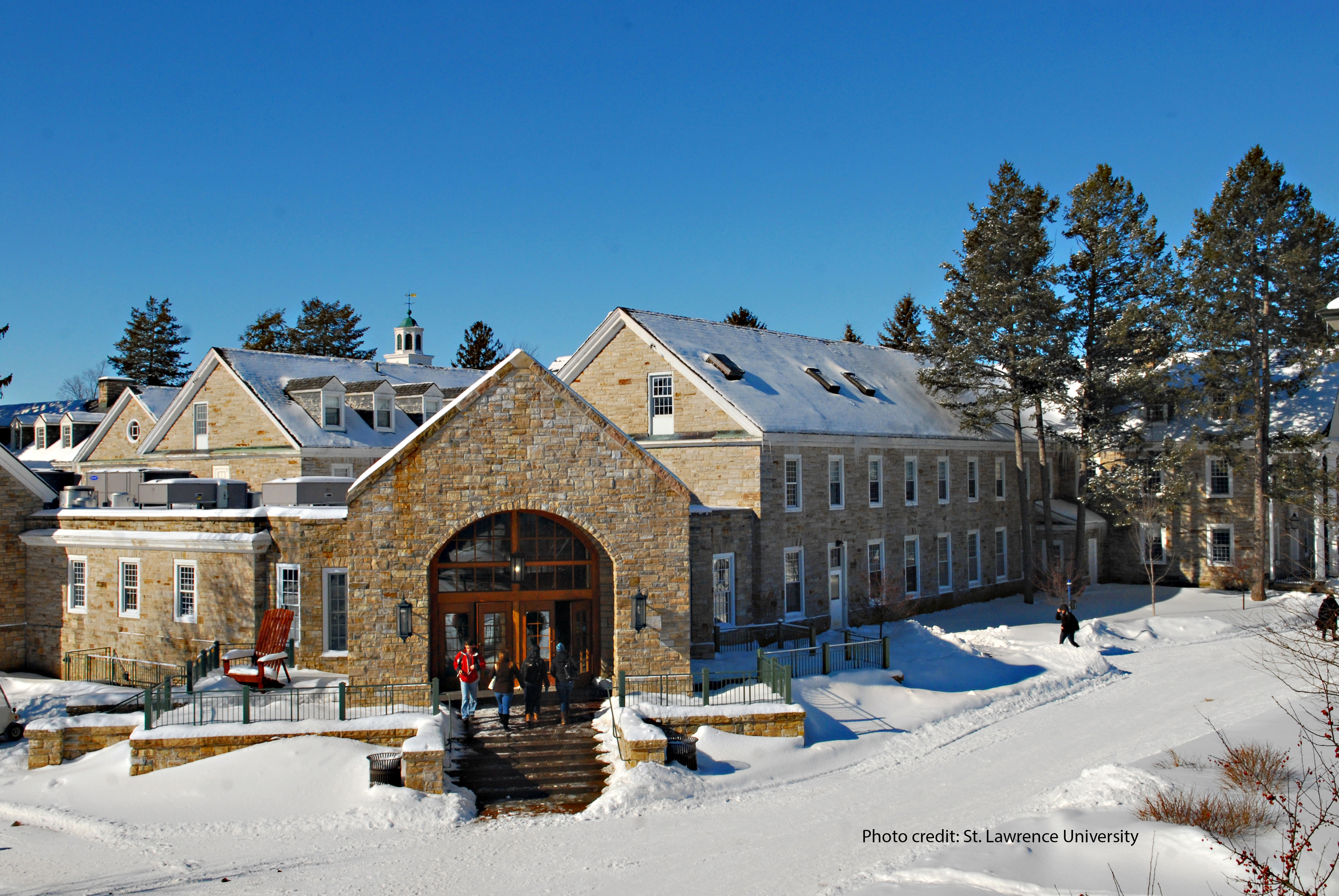Queer students of color (QSOC) represent a unique combination of marginalized racial and sexual identities. QSOC contend with the intersection of both their racial and sexual identities. Researchers have identified many ways in which these identities are both at odds with each other, and at the same time work in tandem to create a difficult environment for these students. A recent study of over 28,000 queer students who responded to the 2017 administration of NSSE at 725 institutions examined 1) how queer students of color differ from their queer White peers on select demographics and characteristics, 2) how queer students of color engage differently from their queer White peers on select indicators of academic engagement, and 3) how queer students of color perceive their campus environment, satisfaction, and developmental growth differently from their queer White peers.
Queer students of color were more likely to live off campus and major in Business, Communications, Engineering, Health Professions, or Social Service Professions fields than their queer White peers. QSOC are doing more higher-order learning activities in their coursework and engage in interactive activities such as collaborative learning and student-faculty interaction than their queer White peers. Despite their perception that they have gained more in areas of learning and development than their queer White peers, they still feel less positive interactions (see table below), sense of support from their institution, and satisfaction with their educational experience.
For more details about this study, see the presentation and paper recently presented at the Association for the Study of Higher Education.
Table. Student Ratings of Quality Interactions by Racial/Ethnic Grouping



